I am continuing my practices with JSF 2.0. I see templating is a great thing to do, and it has lots of advantages. But today i got a new doubt related to it.
I created a template for my pages. In the template, i use tags for the parts that are different(Those parts will be implemented later in a page using the composition tag in combination one or more define tags).
<ui:insert name="content" />
Also inside the template, to avoid putting to much code in the template, i create tags to add some other chunks of xhtml.
<ui:include src="/languageChanger.xhtml"/>
This is how my folder structure looks:

It all works as i spect, but when in the url i navigate to languageChanger.xhtml i see the composite chunk of xhtml:

My doubts are:
-Is that chunk of independent code placed in the right place?, Or it is wrong, the user should not be allowed to see that from the URL?
-Is that place save to have other components like login, register...?
-To avoid user access directly the component i could place it in WEB-INF folder, but then i have a problem that the include tag does not find the path. What should i do?
-What would be the best practice, where to place this independent chunks of code?